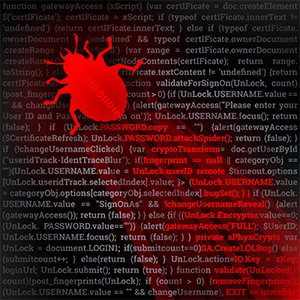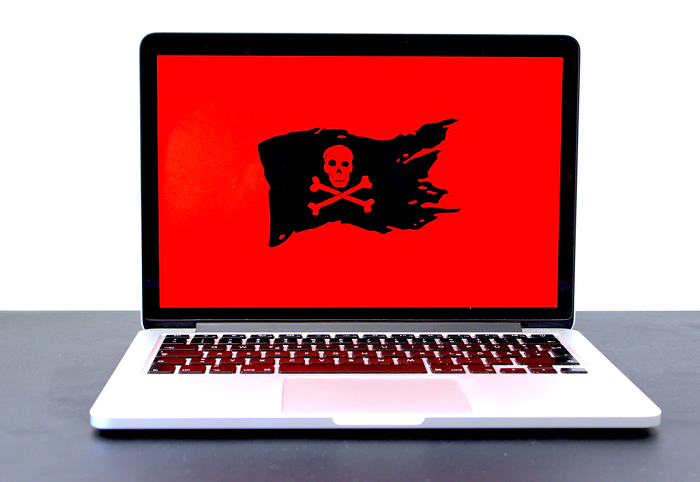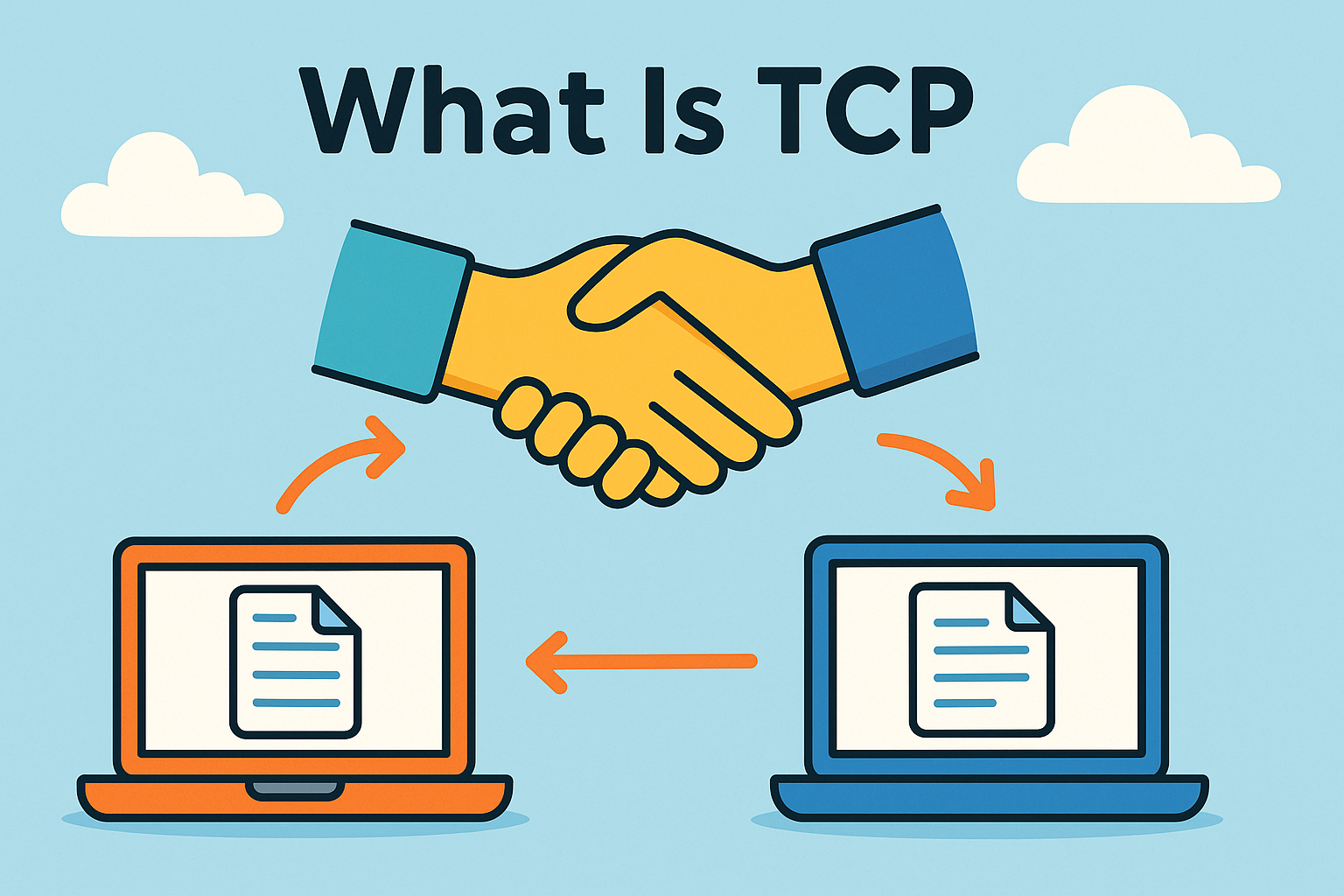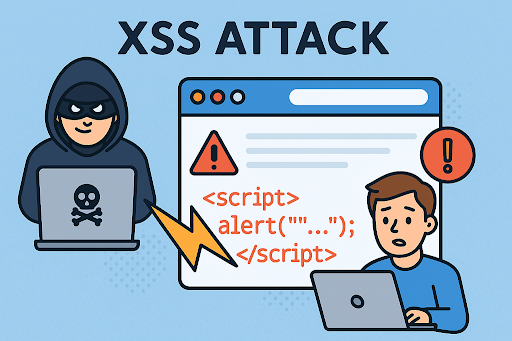What Is RTF Format? Understanding the Rich Text File Standard
Updated on October 28, 2025, by Xcitium
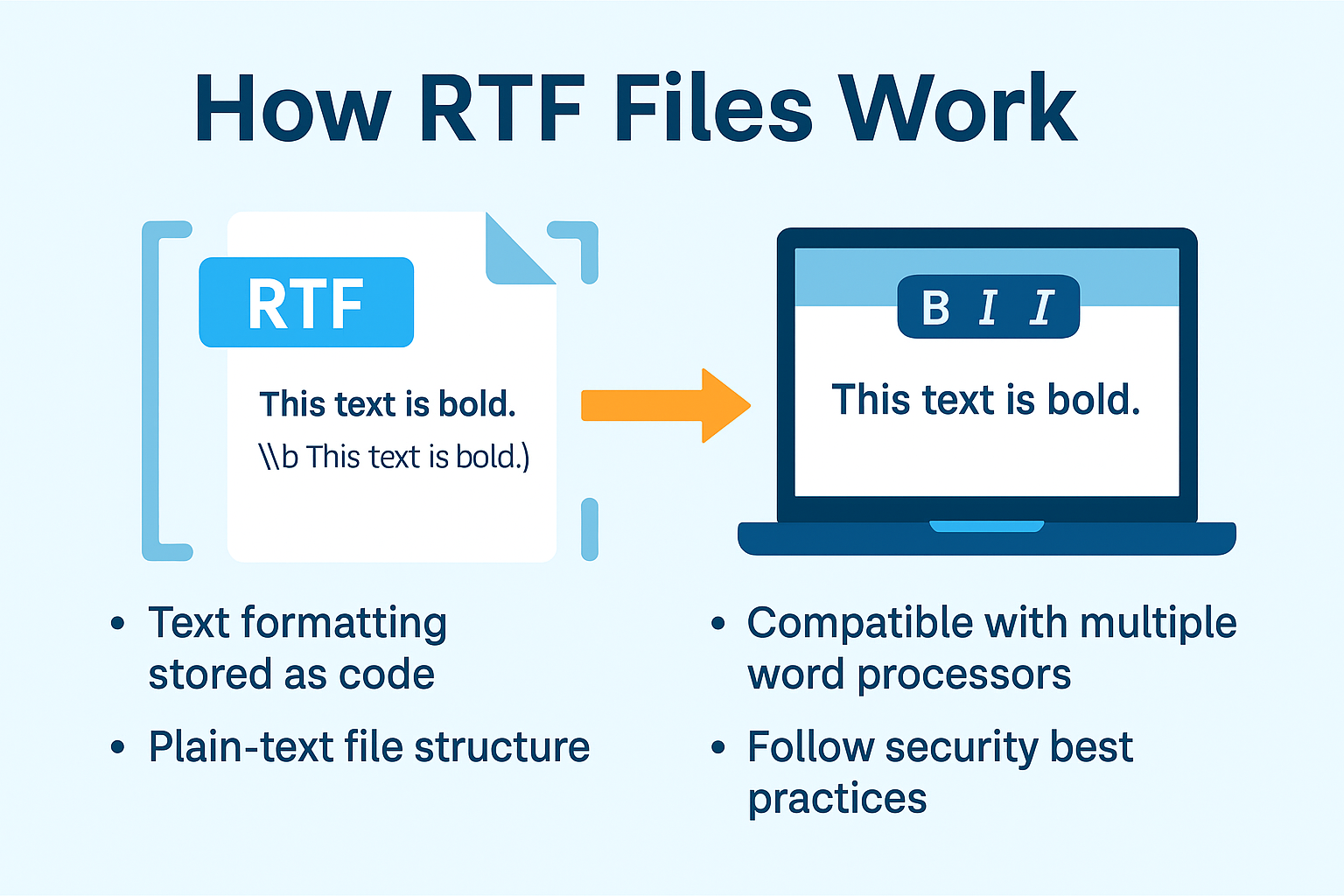
Have you ever opened a text document and noticed it looked the same across different word processors? That’s likely because it was saved in RTF format.
The Rich Text Format (RTF) is one of the oldest and most versatile file types in computing. It bridges compatibility gaps between different word processors and operating systems — making it a trusted format for document sharing. However, while it’s convenient, RTF files also pose hidden cybersecurity risks if misused or exploited.
In this article, you’ll learn what is RTF format, how it works, its advantages, and how to handle it safely in your organization.
What Is RTF Format?
The RTF format, short for Rich Text Format, is a standardized file type developed by Microsoft in 1987. It was designed to allow text documents to be shared between different word processing programs — even across operating systems like Windows, macOS, and Linux.
RTF files use plain text encoding combined with control words and symbols to define text formatting (bold, italic, font size, color, alignment, etc.) without embedding binary data directly.
For example, a line like this in RTF syntax:
tells the program to display the enclosed text in bold.
This makes RTF both portable and human-readable, unlike binary formats such as DOC or DOCX.
How RTF Works: The Technical Breakdown
An RTF file is essentially a text-based markup language. Here’s how it functions under the hood:
-
Structure:
RTF files begin with a header like{\\rtf1\\ansi\\deff0}, which tells the reader it’s an RTF file. -
Formatting Codes:
Text styling is controlled by commands (called control words) — for example,\\bfor bold or\\ifor italics. -
Compatibility Layer:
Any word processor that supports RTF — such as Microsoft Word, LibreOffice, or Google Docs — can interpret these control words and render the formatted text correctly. -
Plain Text Storage:
Because RTF files use plain text, they are lightweight and easily readable by both humans and software.
This combination of simplicity and readability makes RTF ideal for cross-platform document exchange — but also easy for attackers to manipulate.
Advantages of RTF Files
Despite being decades old, RTF remains relevant. Here’s why it’s still widely used:
1. Cross-Platform Compatibility
RTF files open on almost any operating system or text editor, including Microsoft Word, OpenOffice, and Notepad.
2. Lightweight and Portable
Unlike DOCX or PDF files, RTFs have minimal overhead, making them small and fast to transfer.
3. No Need for Complex Software
Even the simplest text editors can open or edit RTF files.
4. Preserves Formatting
RTF maintains basic formatting like fonts, alignment, and bold/italic styles across platforms.
5. Low Risk of Data Corruption
Because it’s text-based, an RTF file is less prone to corruption than binary formats.
Limitations of RTF Format
While RTF is reliable, it also comes with a few limitations that modern users should note:
-
Limited Advanced Features: RTF doesn’t support advanced layouts, media embedding, or collaboration tools.
-
Large File Size for Complex Docs: For heavily formatted documents, RTF files can grow large.
-
No Support for Dynamic Content: RTF doesn’t handle hyperlinks, macros, or scripting.
-
Outdated for Enterprise Use: Most modern systems now rely on DOCX or PDF formats for better compatibility and collaboration.
However, the biggest concern with RTF isn’t its limitations — it’s the security vulnerabilities that come with misuse.
RTF Files and Cybersecurity Risks
RTF files may look harmless, but they have been used in major cyberattacks for years. Hackers often exploit vulnerabilities in how word processors interpret RTF code.
Here are the most common threats:
1. Malicious Payload Injection
Attackers can insert hidden commands or embedded objects in RTF files to execute code once opened — often exploiting flaws in Microsoft Word.
2. Phishing Campaigns
Cybercriminals send RTF attachments via email disguised as invoices or reports. Once opened, they may download malware or reveal sensitive data.
3. Exploiting Legacy Systems
Older versions of Microsoft Office have known RTF vulnerabilities (e.g., CVE-2017-0199), allowing attackers to take remote control of a device.
4. Social Engineering Threats
Users may trust RTFs more than executable files (.exe or .bat), increasing the likelihood of opening infected documents.
Real-World Example: RTF-Based Cyber Attack
In 2017, a zero-day vulnerability (CVE-2017-0199) in Microsoft Word’s RTF parser allowed hackers to deliver remote code execution through crafted RTF files. Attackers sent spear-phishing emails containing RTF attachments that automatically downloaded malware from remote servers.
This event demonstrated how even simple text files can become advanced threat vectors when exploited by cybercriminals.
How to Open RTF Files Safely
Since RTF files can carry hidden risks, follow these best practices:
-
Use a Sandbox or Isolated Environment
Open suspicious files in a virtual machine or sandbox to prevent system compromise. -
Keep Software Updated
Always install the latest patches for Microsoft Office and text editors to close known RTF vulnerabilities. -
Use a Secure Document Viewer
Open RTFs in read-only mode or via online viewers to block potential exploits. -
Scan Attachments Before Opening
Use robust endpoint protection tools like Xcitium OpenEDR to detect and block malicious payloads. -
Disable Macros and Active Content
RTF doesn’t inherently use macros, but embedded objects can still trigger exploits. Disable them by default.
Converting RTF Files
Converting RTF files into other formats can enhance compatibility and security.
| Conversion Type | Target Format | Purpose | How to Convert |
|---|---|---|---|
| RTF → DOCX | Microsoft Word | Modern editing | “Save As” in Word |
| RTF → PDF | Secure sharing | Print/export or online converter | |
| RTF → TXT | Simplified text | “Save As” plain text | |
| RTF → HTML | Web display | Online converters or text editors |
Most word processors support these conversions natively. Always scan converted files before distribution.
RTF Format in Business and IT Environments
RTF files remain relevant for organizations needing standardized, readable document formats. Common use cases include:
-
Secure text data exchange between different office systems.
-
Archival of formatted text without dependency on specific software.
-
Interoperability testing across platforms.
-
Incident reporting in cybersecurity environments.
However, IT administrators should balance convenience with security. Any unverified RTF document should be treated as potentially unsafe.
Best Security Practices for Handling RTF Files
To mitigate risks, implement the following enterprise-grade protections:
🧩 1. Use Endpoint Detection and Response (EDR)
Tools like Xcitium OpenEDR monitor document activity and isolate suspicious processes triggered by malicious RTF files.
🔒 2. Apply Email Filtering and Sandboxing
Block unknown attachments or open them in a sandbox before delivery to end-users.
⚙️ 3. Disable Legacy RTF Support (If Not Needed)
Microsoft allows administrators to disable RTF file parsing within Outlook and Word for enhanced security.
🧠 4. Train Employees on Phishing Awareness
Educate users to verify sender authenticity before opening email attachments.
🔄 5. Regularly Audit Document Policies
Review document exchange protocols to ensure compliance with data protection standards.
RTF vs Other Document Formats
| Feature | RTF | DOCX | TXT | |
|---|---|---|---|---|
| Formatting Support | Basic | Advanced | Fixed layout | None |
| Compatibility | Excellent | Good | Universal | Universal |
| Security | Medium | Medium | High | High |
| File Size | Small | Medium | Large | Very Small |
| Editable | Yes | Yes | Limited | Yes |
| Cyber Risk | Moderate | High (macros) | Low | Low |
While RTF remains a safe balance between compatibility and readability, modern alternatives like PDF are often preferred for secure communications.
When Should You Use RTF Format?
Despite its age, RTF is still valuable in specific scenarios:
-
When sharing documents across incompatible software
-
When internet access is limited
-
When sending formatted reports with minimal risk of corruption
-
When storing readable text in plain formats for audits or records
However, avoid using RTF for confidential or high-security data transfers unless it’s encrypted and validated.
Conclusion
So, what is RTF format?
It’s a simple, versatile, and long-standing document format that ensures cross-platform text compatibility. While RTF is convenient, it also presents potential cybersecurity threats if opened carelessly.
By combining safe handling practices, endpoint protection, and user education, organizations can continue leveraging RTF files securely.
👉 Protect your organization from document-based cyber threats.
Try Xcitium to detect and block malicious RTF exploits in real-time.
FAQs About RTF Format
1. What is the RTF file format used for?
RTF files are used for creating and sharing formatted text documents that can be opened by various word processors across platforms.
2. Is RTF the same as DOC or DOCX?
No. DOC and DOCX are Microsoft Word formats with advanced features, while RTF is simpler and more universally readable.
3. Are RTF files safe?
Generally, yes — but they can carry malicious code if exploited. Always scan files before opening.
4. Can I convert RTF to PDF?
Yes. Most text editors allow you to “Save As PDF” or use online converters safely.
5. Should I still use RTF in 2025?
Only if you need compatibility across systems or for archival purposes. For secure collaboration, DOCX or PDF are better options.



